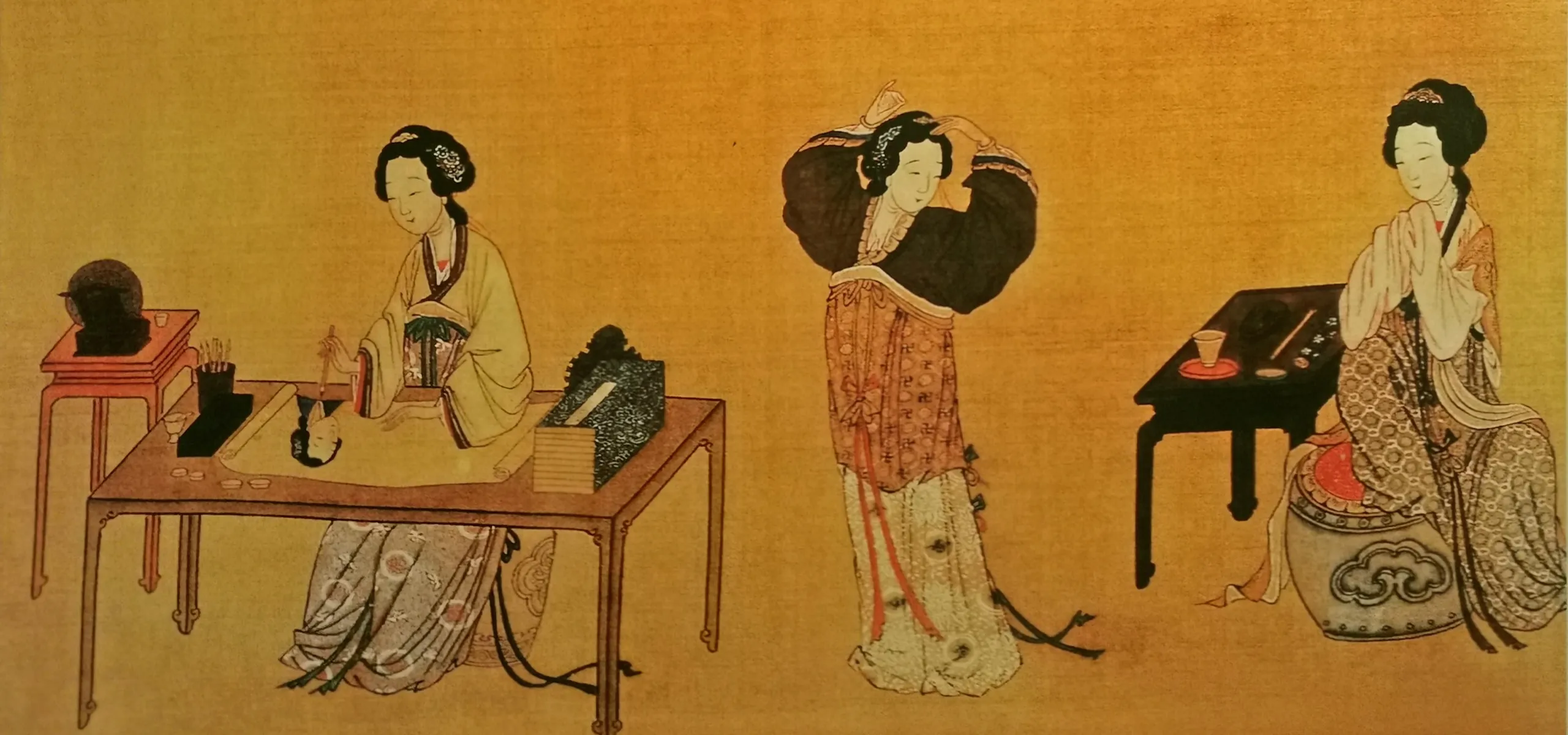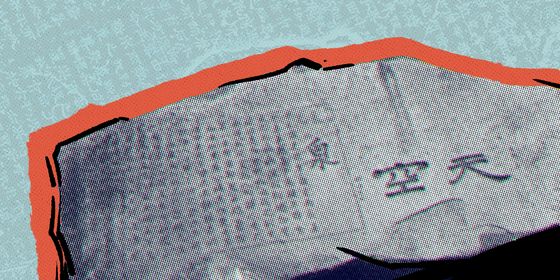From a weight-loss dance to diets of cacti and musk, ancient Chinese had a variety of ways to keep themselves slim
In 2021, a 20-year-old high school student died suddenly at a weight-loss camp in China’s northeastern Heilongjiang province, with her death blamed on eating insufficient food and doing aerobic exercise nearly six hours a day at the facility. “Society can accept you being ugly, but not being fat,” the camp’s founder declared in an online advertisement before the incident.
Chinese consumers are growing increasingly health conscious, with many young people now cutting sugar or additives from their diet. At the same time, anorexia—the deadliest mental disorder in the world—has become more and more prevalent in the country. Without the pressure of social media, and with the Tang dynasty (618 – 907) especially famed for its ”voluptuous beauties,” it would be tempting to believe that ancient Chinese had a healthier relationship with their weight. However, historical records, legends, and medical books show various bizarre and sometimes dangerous weight-loss methods with which people sought to improve their appearance or even win favor at court.













